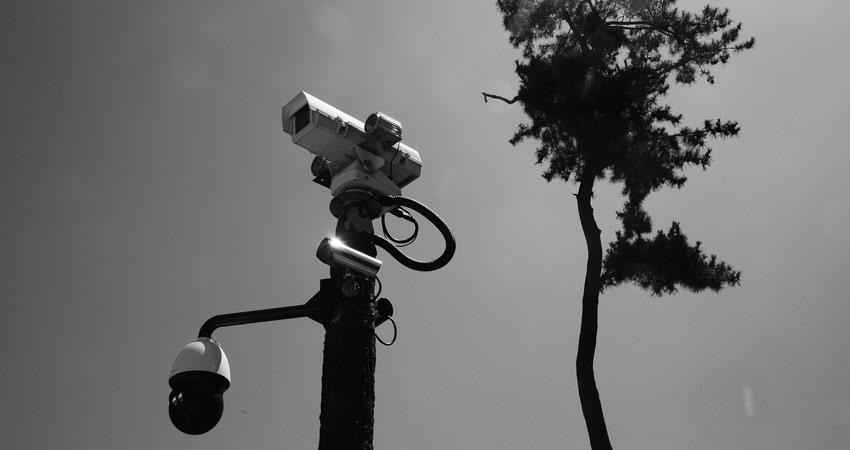
Over the last two decades, technology in the field of number plates has progressed in leaps and bounds. Once, where a driver had to have a certain piece of kit to use a tollway, or display a ticket to park, the rise of ANPR (Automatic Number Plate Recognition) means that much of the work is taken out of driver’s hands. But how does the technology actually work? We’ve taken a look.
Lights, Camera, Action!
You can’t generally use a normal camera in order to effectively pick up number plates. Rather, specially-modified cameras use infrared light receivers to pick up a clear image of the number plate. This avoids glare and other problems associated with normal cameras, that capture light across a wide spectrum...
As each number plate is scanned, a ‘normal’ picture of the car is taken, that accompanies the data that is gathered in the next step.
Read Access Memory
Once a picture of the number plate has been taken, the data, along with an image of the car is transmitted to a processor, either in the camera or at another location.
There, OCR technology (Optical Character Recognition) examines the infrared image and, using ‘machine learning’ (basically, knowledge built up by thousands of hours of trial and error examining existing images), ‘reads’ the number plate from the image, separating the characters from the rest of the image. It creates a text string of letters and numbers from this.
The Gatekeeper
Once the processor has a text string, it is sent to a database that checks it against its records. If it matches, no problem - the driver can use the tollway, or park freely. If not, the number plate and the image are sent to a billing department, or a parking enforcement agent to deal with.
A world of possibilities
ANPR technology isn’t just used to ensure you’ve paid for your park or your morning commute - it has begun to have wide applications across law enforcement and urban planning.
Networks of ANPR-enabled CCTV cameras have sprung up across the United Kingdom, Europe and the United States, designed to identify stolen vehicles, or those belonging to wanted criminals. This has raised concerns with privacy advocates, and some countries have been forced to periodically purge their databases of collected information.
Elsewhere, ANPR is used to identity where, when and how different types of vehicle use roads and highways. The information collected is sent to central planning and control stations, so that city officials can make informed decisions about how to direct traffic flow.
What’s next?
Power supply and camera technology are rapidly progressing to the extent that ANPR technology can be fitted to drones, allowing law enforcement and city officials to move their networks of cameras where needed, giving them a greater reach to identify who is travelling and when.
ANPR systems and speed sensors are appearing everywhere, it seems. If you’re going to be picked up on camera, why not do it with a little style by having your own personalised number plate?
We’ve got thousands of plates covering names, dates, initials and much, much more. Get in touch with one of our friendly sales staff and see what they can do for you!
How bad are divers in your area? Check out our interactive map of penalty points.
